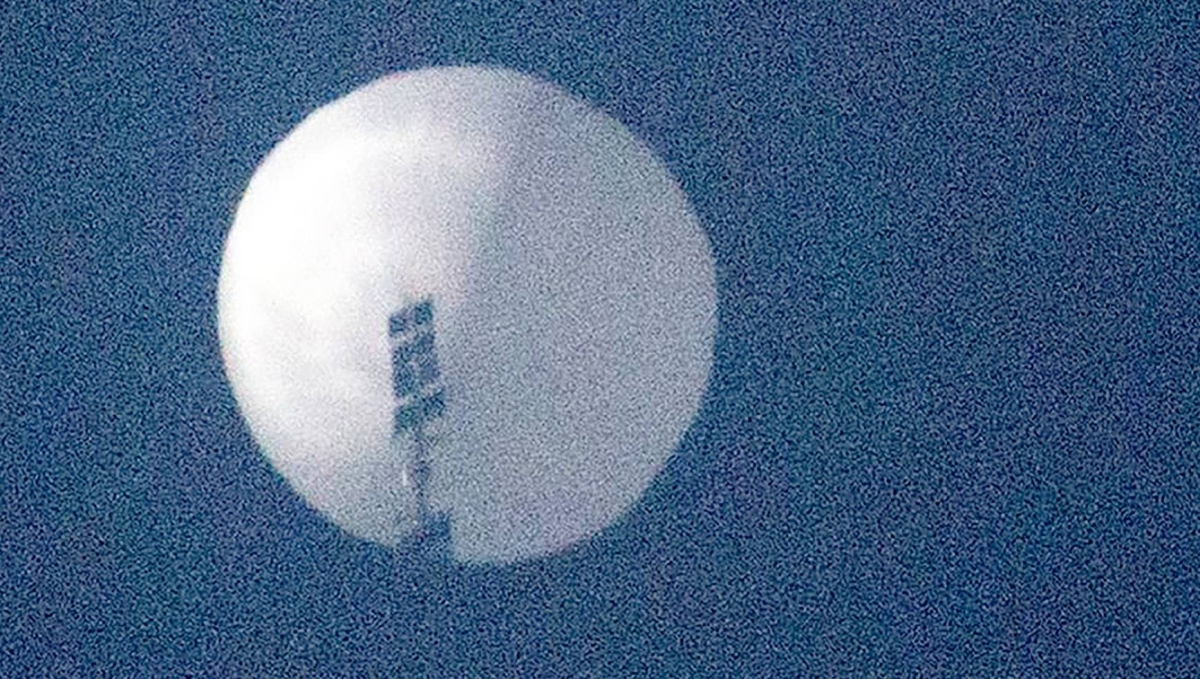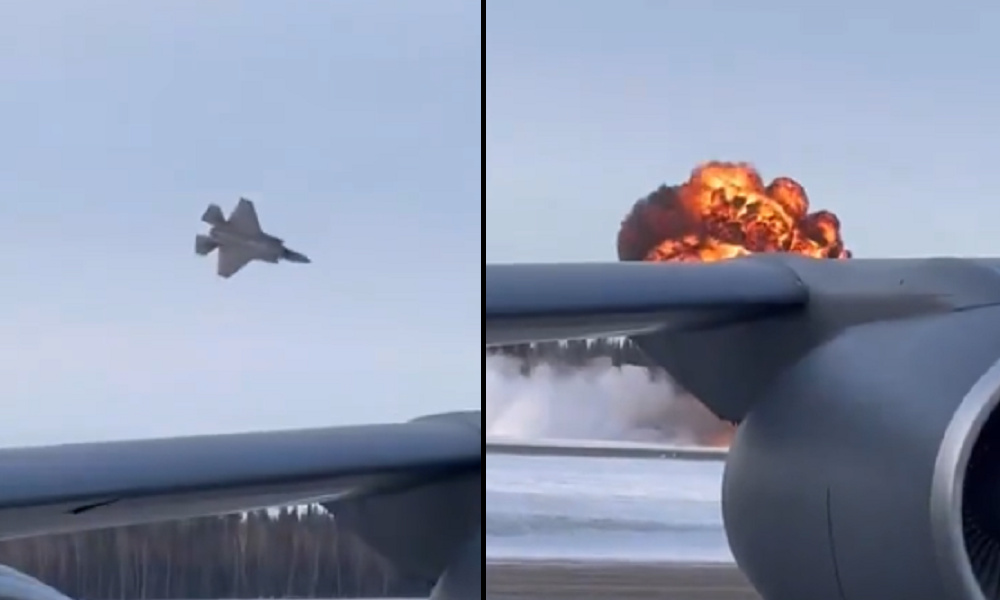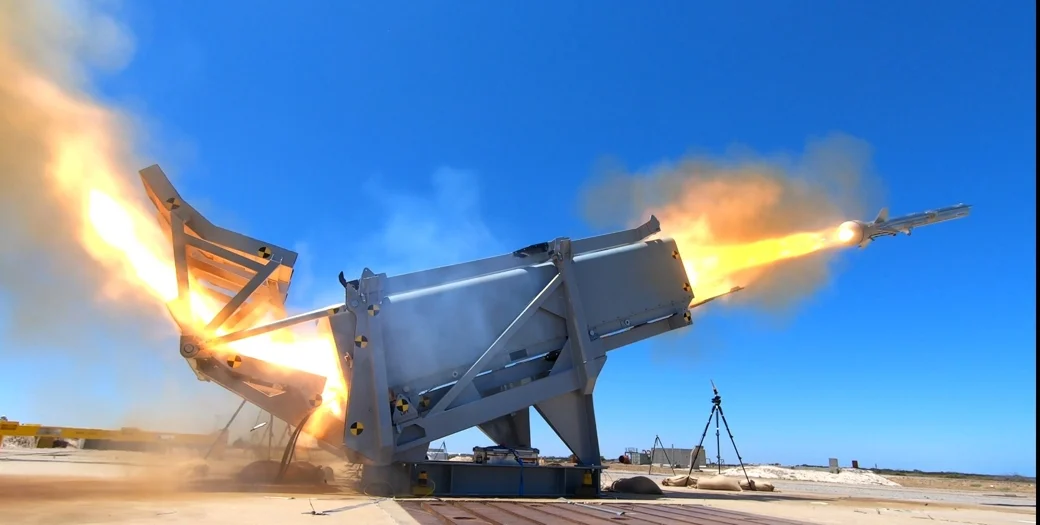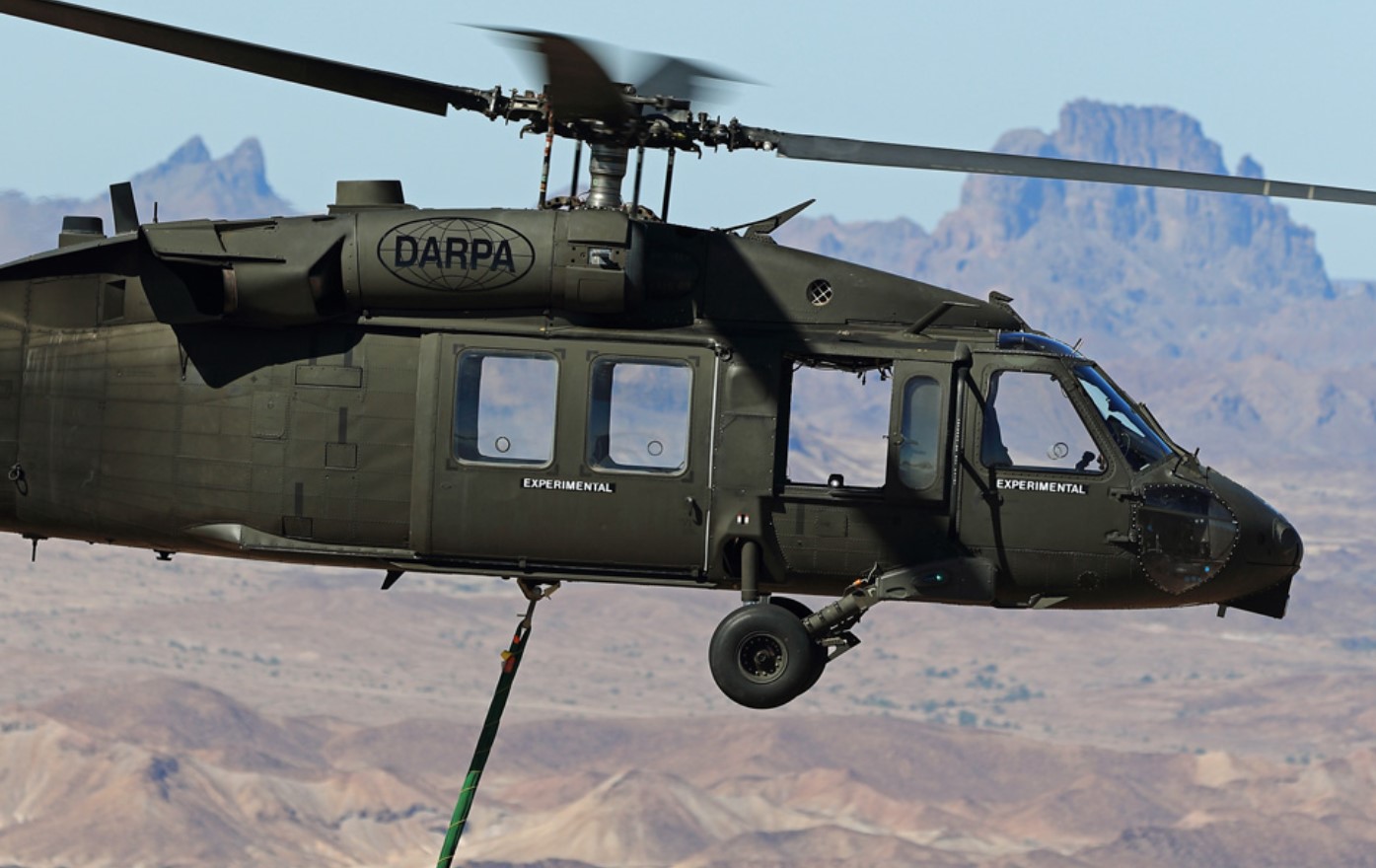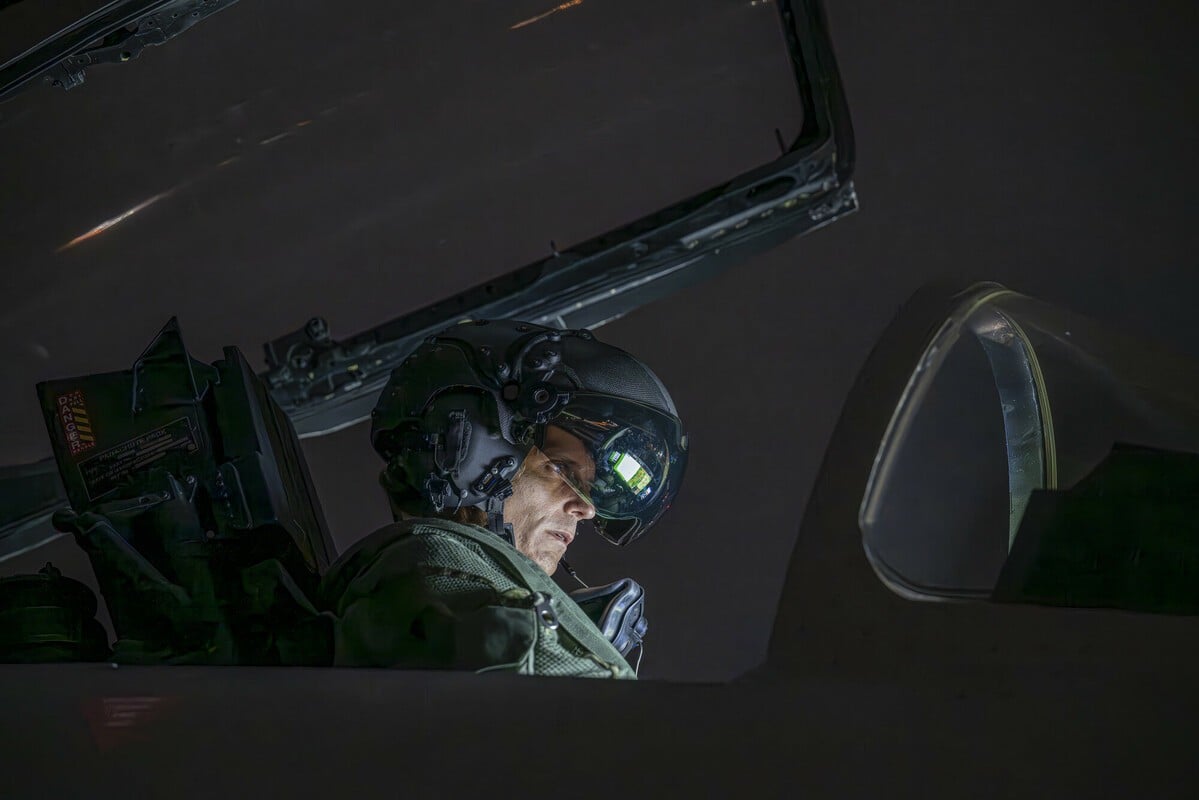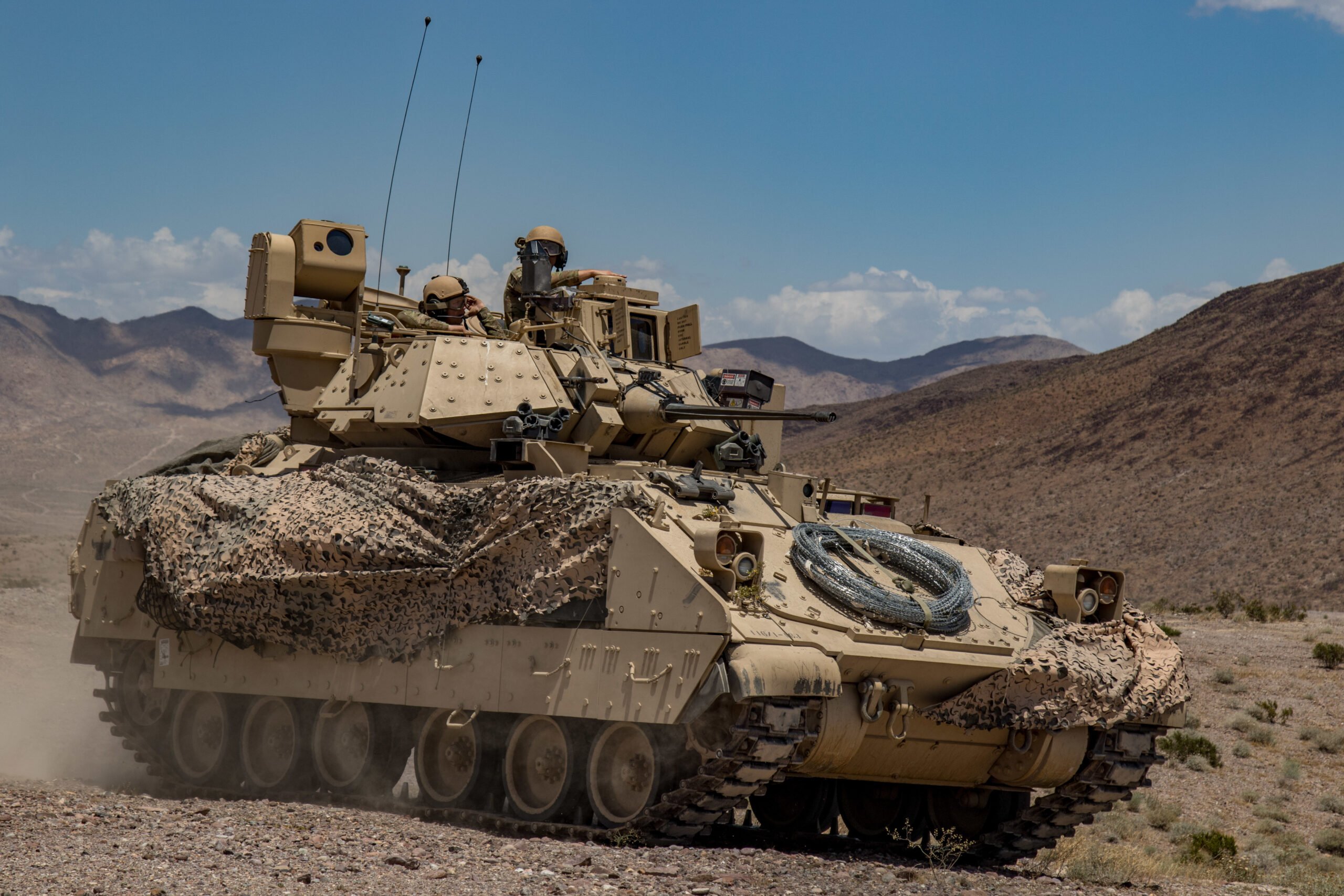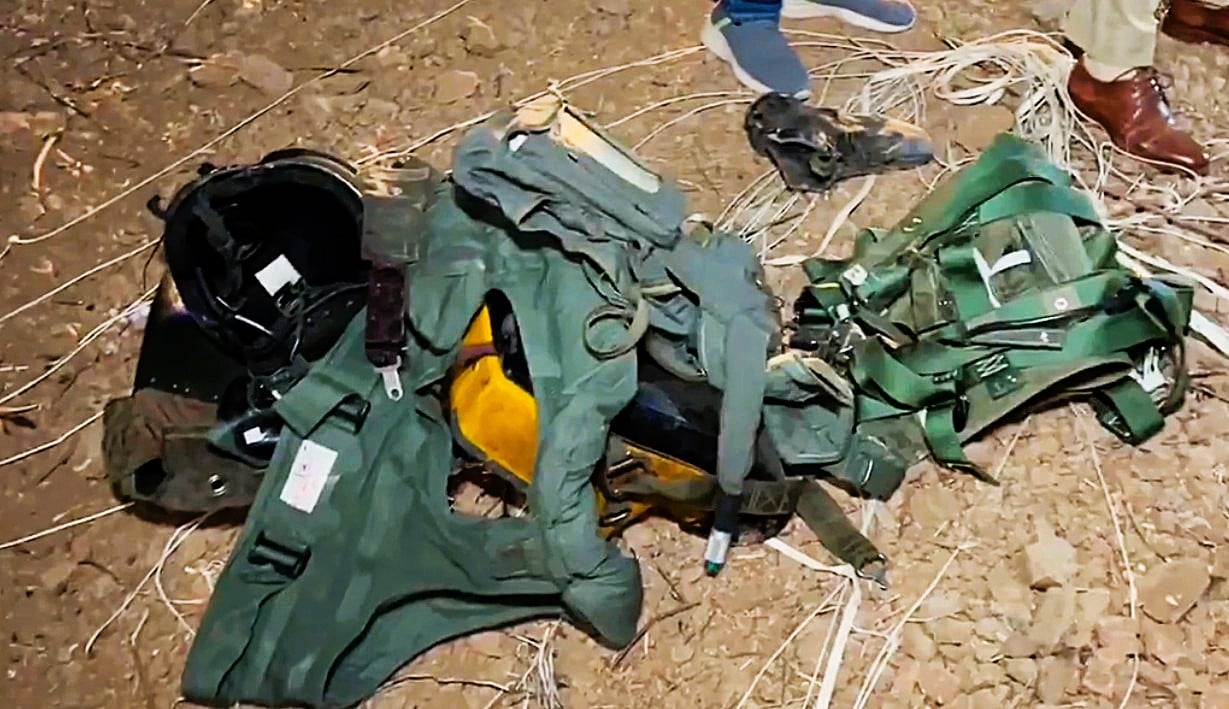Taiwan has reported the sighting of a Chinese balloon over the waters northwest of the island, marking the first occurrence of this nature since April. This sighting comes amid ongoing tensions between Taiwan and China, as Beijing continues to exert pressure on Taipei regarding its sovereignty claims.
The Chinese government regards Taiwan, a self-governing democracy, as part of its territory and has not ruled out the use of force to assert its claim. Regular military exercises around Taiwan form a part of Beijing’s strategy, with the deployment of fighter jets, drones, and naval vessels being commonplace. Balloons have also been used intermittently as a means of military pressure.
According to Taiwan’s defense ministry, the balloon was detected at 6:21 PM local time on Sunday, approximately 111 kilometers (69 miles) northwest of Keelung City, reaching an altitude of 33,000 feet (10,058 meters). The balloon entered Taiwan’s air defense identification zone and was reported to have disappeared by 8:15 PM. In addition to the balloon sighting, Taiwan’s defense ministry noted the presence of 12 Chinese military aircraft and seven warships in the surrounding area within the 24 hours leading up to 6:00 AM Monday.
The context of this incident is particularly significant, as Taiwan prepares for its presidential election in January. The airspace between Taiwan and China has seen a high frequency of balloon flights, accompanied by increasing military activity that some have characterized as “grey zone” tactics—a form of intimidation that falls short of overt acts of war.
China’s response to such allegations has often been dismissive. When queried about the latest balloon sighting, Chinese foreign ministry spokeswoman Mao Ning stated that Taiwan does not possess a “defense ministry” and claimed that the inquiry was not a matter of diplomacy.
The conversation around Chinese balloons gained heightened attention earlier this year when the United States downed what it labeled a spy balloon that traversed sensitive military areas. That incident sparked significant concerns in the U.S. regarding potential intelligence-gathering efforts by China. In response, Beijing described the balloon as a civilian airship that had strayed off course, attempting to deflect allegations of espionage.
The ongoing developments surrounding military balloons and airspace tensions illustrate the persistent friction between Taiwan and China, highlighting the complex geopolitical dynamics in the region.

